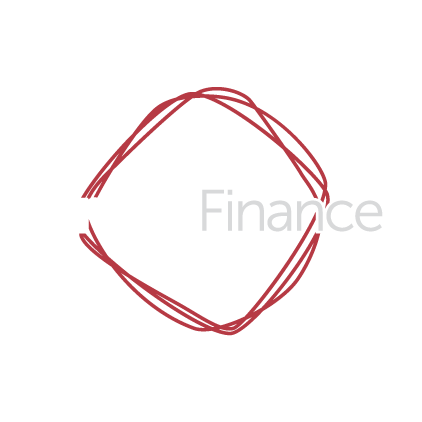Every business is unique. But despite the differences in size, industry, and other factors, all businesses experience the same five growth stages. These business growth stages pose common challenges that need to be overcome. By understanding where you are now, you can plan to scale and avoid the pitfalls.
In this guide, we’ll reveal the five stages of business growth and the challenges they present. You’ll also learn how financing can help you through each stage.
The Five Stages of Business Growth
The Five Stages of Small Business Growth were first outlined by Neil Churchill and Virginia Lewis in the Harvard Business Review in 1983.
While the model is almost 40 years old, it’s still the best way to define business growth stages. From a local mechanic to an e-commerce startup, every business experiences the following five stages of business growth.
1. Existence
The first stage of business growth is determining whether the business is viable. In the existence stage, there are several challenges that the business owner needs to overcome.
You need to determine whether there is customer demand and establish that you can put the processes in place to deliver the product or service consistently at a high standard. Business processes will also need to be scalable so you can continue to meet demand as your customer base grows.
This initial aim is to put your business plan into action to attract customers.
Many businesses don’t make it beyond this stage. A lack of working capital can cause the company to fail in the first growth stage.
2. Survival
The next stage is about survival.
A business in this stage has already demonstrated demand for its offerings and can consistently deliver its products and services.
But it still needs to prove that it can generate enough revenue to cover expenses, reinvest in the business, and grow.
Many businesses do not make it past the survival stage. They generate enough revenue to cover expenses and keep the business operating, but they do not have sufficient capital to grow in size and move on to the next stage.
A business can take a long time to move beyond this stage if it relies solely on sales revenue to fund growth.
According to a study published in the International Journal of Economic Perspective, only 15.8% of businesses manage to move from the startup stage to the growth stage within a year.
3. Success
After navigating the survival stage, a business moves into the success stage.
In this stage, the business generates significant profits and has a substantial customer base.
The business owner’s main challenge is deciding what they want to do with their successful company.
You can choose to expand and reinvest in growth. This could involve opening new locations, entering new markets, or developing new products and services.
The alternative is to maintain the current business stage, invest when needed, and use the additional profits on new projects.
4. Take-Off
If your business continues to grow, the next stage is the take-off. This stage of business growth is characterised by increased revenue, a larger customer base, and bigger profits.
But the take-off also poses significant challenges.
As the business gets larger, so do the overheads and costs. The biggest challenge for business owners is to manage the increasing costs and ensure working capital keeps up with growth.
You must ensure your business can access the funds it needs to support expansion. If you grow too fast, you may find that access to working capital doesn’t keep up with your cash flow needs.
A cash flow forecast can be a valuable tool for every stage of business growth, but it’s essential for the take-off stage. It helps you predict cash flow so you can make decisions to protect working capital ahead of time.
5. Resource Maturity
Businesses that reach the final stage of business growth face the challenge of continually improving to remain competitive. This typically involves the strategic management of staff, equipment, liabilities, and resources.
For example, you can look to reduce costs by negotiating better terms with suppliers through bulk buying or early payment discounts.
Many business owners focus on increasing efficiency while setting new goals. To avoid stagnation, it’s important to review processes, budgeting, and your overall business plan to ensure your business continues to thrive.
How To Identify Which Stage a Business Is In?
Not every business will make it through the five stages of business growth. Some fail at the first hurdle, while others remain stuck in the survival stage.
But most successful businesses will experience the above stages during their lifecycle. Understanding the five stages and where your business is can help you make informed decisions and plan for the future.
You need to honestly review your current circumstances and identify which stage best describes your situation. Then, you can start to address the challenges you face and plan for the next phase of business growth.
Fuel Growth With Business Financing
It’s easy to lose sight of the big picture when you’re dealing with the day-to-day running of your business. But it’s important to take a step back and get some perspective.
When you know your current growth stage, you can address the challenges holding you back and take the next step.








































